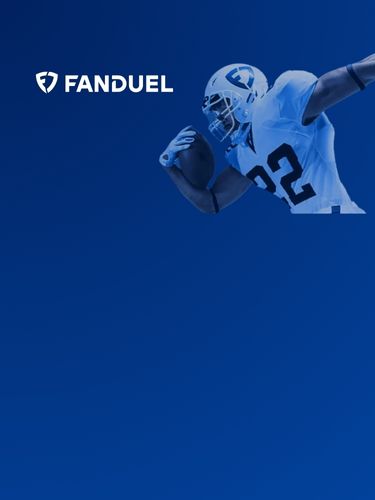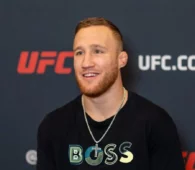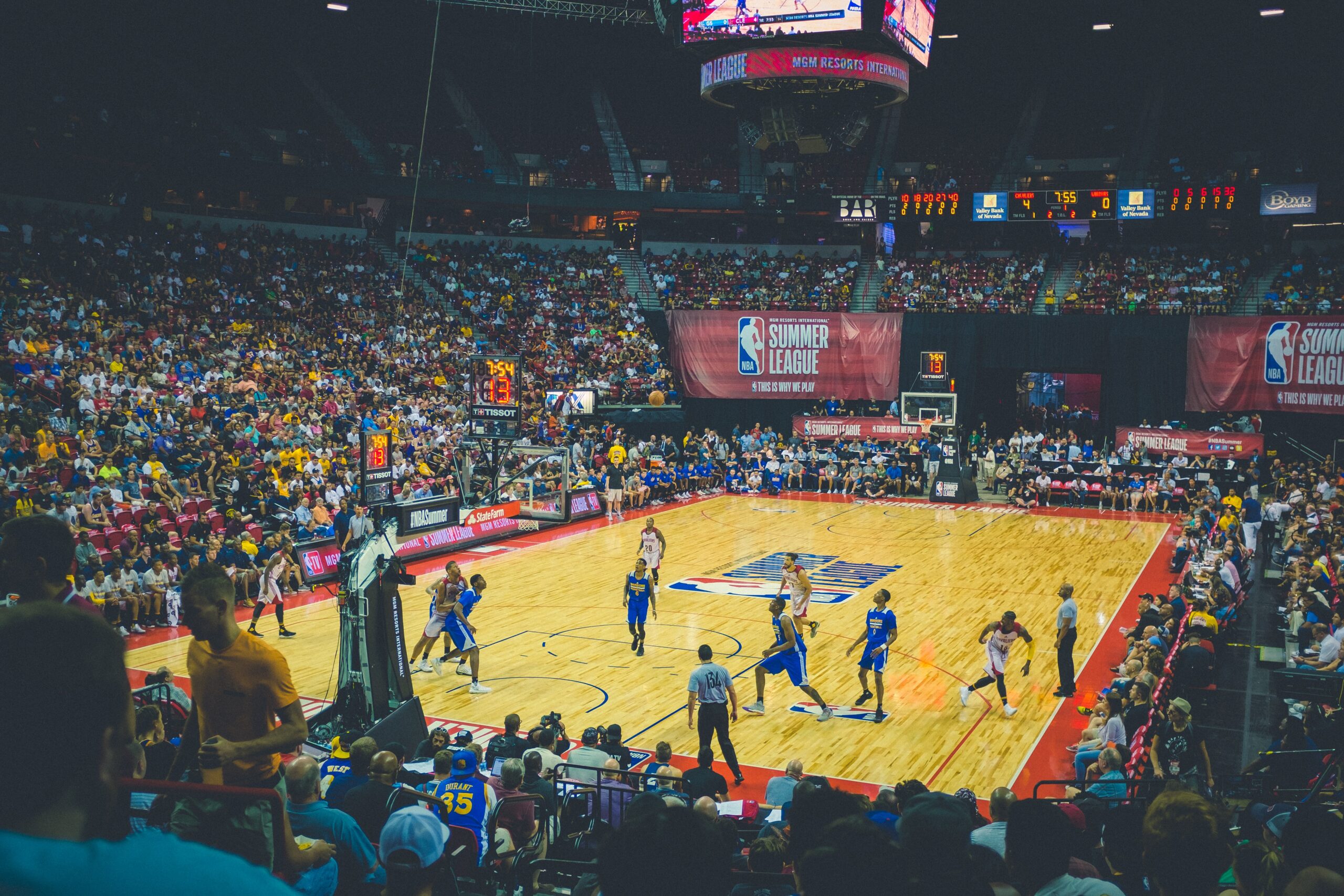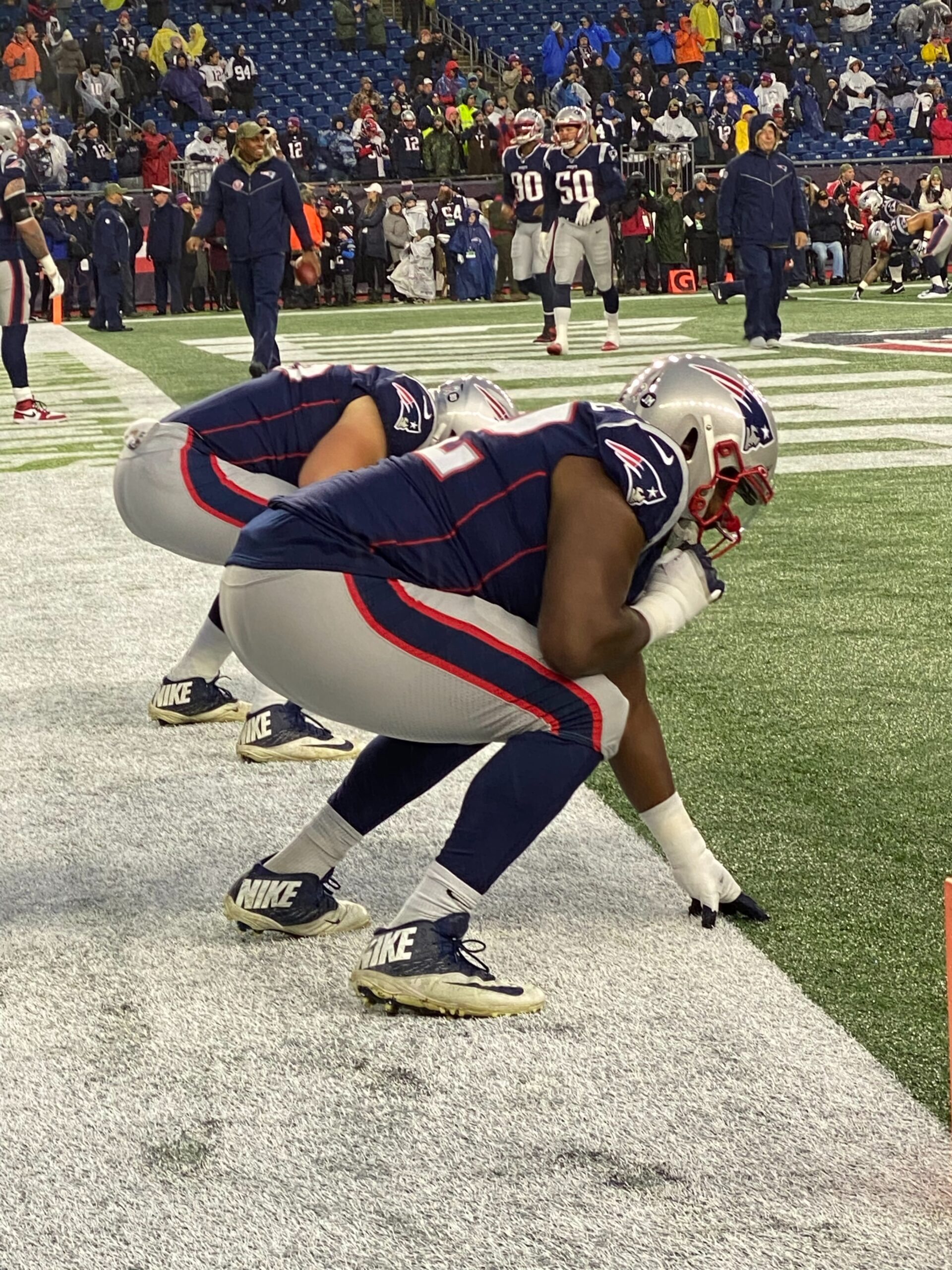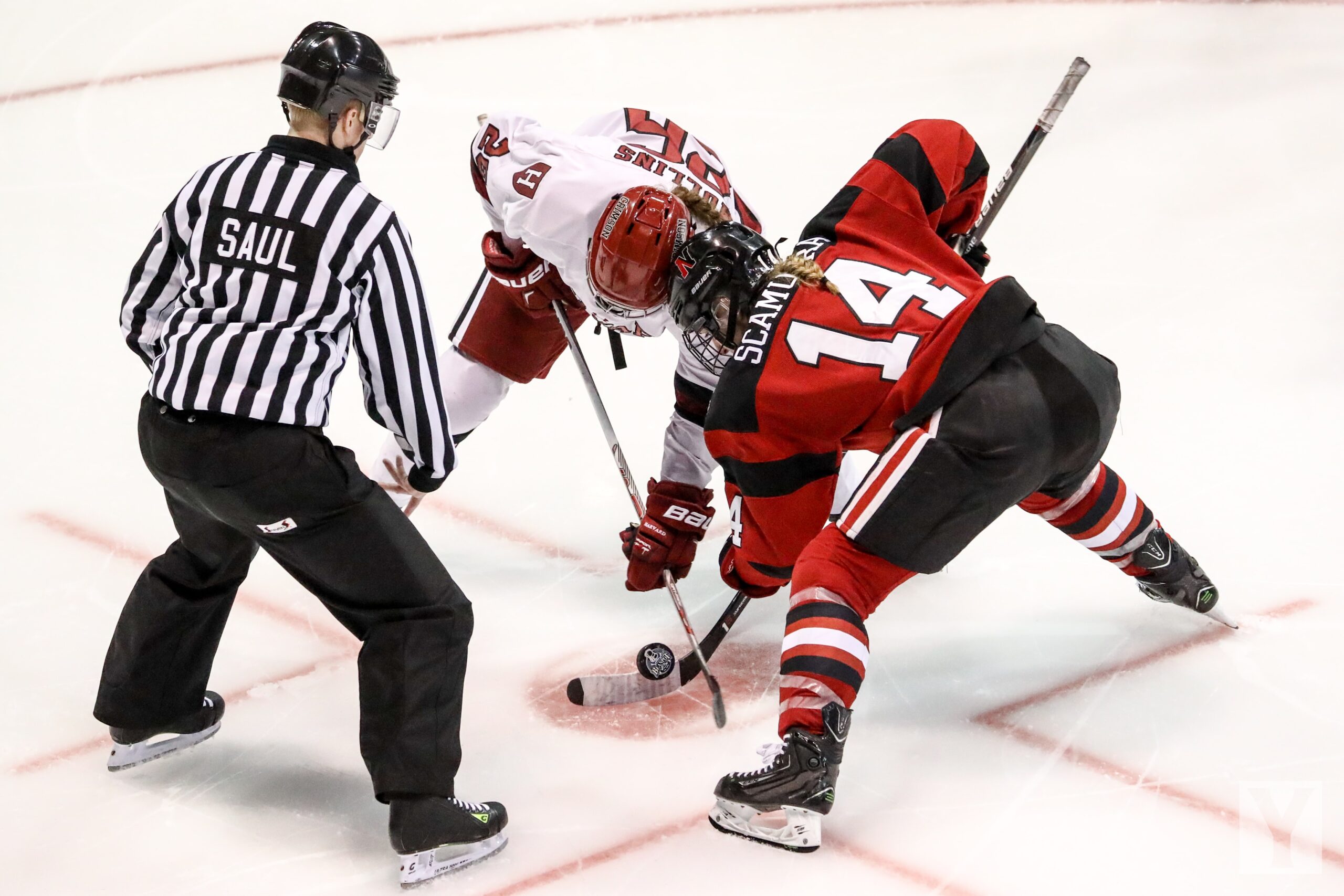The Colorado Avalanche have seen their line combinations evolve significantly over the past season and into the current campaign. Injuries to key players and bold trades have reshaped the lineup, meaning the Avs’ forward lines and defensive pairings look quite different from a year ago.
Notably, captain Gabriel Landeskog has finally returned from a long injury absence, while newcomers like Martin Necas, Jack Drury, and Brock Nelson have been integrated into the fold. Below is a breakdown of Colorado’s current lineup, how it reached this point, and what it means for on-ice performance and sports betting angles.
Check the best NHL betting strategy here.
🏒 NHL Betting Promos and Bonuses
| Sportsbook | Offer | How to Claim? |
| Caesars Sportsbook | 💰 Bet $1, Get Double Winnings on Your Next 10 Bets | Claim here |
| Fanatics Sportsbook | 🔁 Bet & Get Up to $1,000 in No-Sweat Bets | Claim here |
| bet365 Sportsbook | 🎁 Bet $5, Receive $150 in Bonus Bets — Win or Lose | Claim here |
| DraftKings Sportsbook | 🚀 Bet $5, Instantly Unlock $200 in Bonus Bets | Claim here |
| BetMGM Sportsbook | 🏆 First Bet Offer: Bet $10, Win $150 | Claim here |
| FanDuel Sportsbook | ✅ Bet $5, Get $200 in Bonus Bets If Your Bet Wins | Claim here |
Evolving Lines and Season Trends
Major changes in personnel
Last season saw a blockbuster mid-year trade in which Colorado dealt star winger Mikko Rantanen as part of a three-team swap. In return, the Avalanche acquired forward Martin Necas and center Jack Drury, along with draft picks. Drury, a 24-year-old two-way center, immediately bolstered the Avs’ depth down the middle.
A few weeks later at the 2025 trade deadline, Colorado added veteran center Brock Nelson from the New York Islanders to further boost scoring. Nelson had averaged over 19 minutes per game and tallied 20 goals in 61 games before the trade, bringing proven offensive punch to Colorado’s middle six.
He fit in quickly, notching 13 points in 19 regular-season games and four assists in the playoffs, earning a three-year contract extension that keeps him in Denver through 2028.
Landeskog’s long-awaited return
Another huge “addition” to the lineup is captain Gabriel Landeskog, who missed three full regular seasons due to a severe knee injury. Landeskog returned during the 2025 playoffs, tallying 4 points in 5 games, and entered 2025-26 healthy and “excited to play right off the bat.” His return provides leadership and a power forward presence that had been missing since the 2022 Stanley Cup run.
Early-season line shuffles
With these roster changes, head coach Jared Bednar has crafted new combinations. Through the early part of the season, the Avalanche have generally rolled four forward lines consistently, only shuffling when injuries dictate. Winger Logan O’Connor began the year in the bottom six but an injury sidelined him, opening a spot for rookie Gavin Brindley. On defense, a week-to-week injury to Samuel Girard forced Colorado to dip into its depth: Ilya Solovyov and Jack Ahcan have rotated on the third pairing. The Avalanche’s pipeline extends to the AHL Colorado Eagles and ECHL Utah Grizzlies for this very reason – when injuries strike, prospects like Ahcan are ready to step in.
Current Forward Line Combinations
First Line: Artturi Lehkonen – Nathan MacKinnon – Martin Necas
Centered by superstar Nathan MacKinnon, this top line is equal parts speed and skill. MacKinnon remains the engine of Colorado’s offense, driving play with elite skating and shot volume. On the right wing, Martin Necas has seamlessly filled the void left by Rantanen’s departure. Necas, a dynamic playmaker, was leading Carolina in scoring when acquired and has developed instant chemistry with MacKinnon. Artturi Lehkonen complements the duo with tireless forechecking, puck retrieval, and secondary scoring. This trio can dominate possession and is one of the NHL’s most dangerous at 5-on-5.
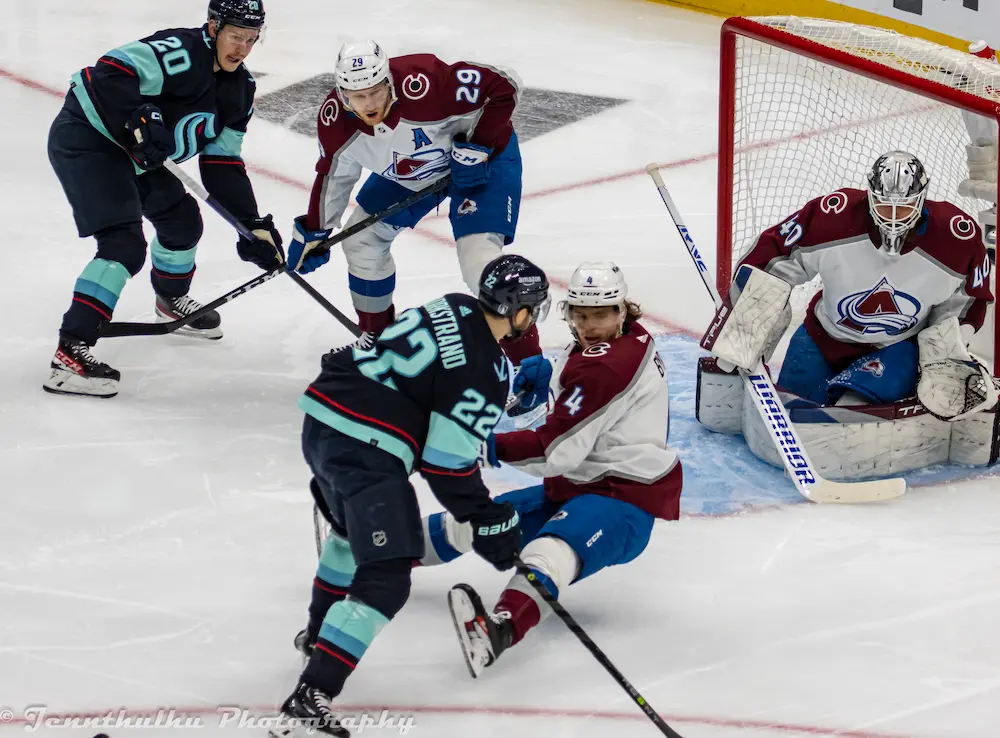
MacKinnon (top center) in April 2023 during the first round of the 2023 Stanley Cup playoffs.
Second Line: Gabriel Landeskog – Brock Nelson – Valeri Nichushkin
This group blends experience, size, and scoring touch. Landeskog brings leadership and net-front grit, while Brock Nelson supplies a reliable scoring touch and face-off strength. Nelson’s quick release makes him a scoring threat from the slot, while Valeri Nichushkin provides two-way stability and heavy forechecking. As Landeskog finds his full rhythm, this line has the potential to become Colorado’s best secondary scoring unit.
Third Line: Ross Colton – Jack Drury – Victor Olofsson
Colorado’s third line is a blend of youth and skill. Jack Drury anchors the trio, excelling in face-offs and defensive awareness. Ross Colton adds physical play and playoff experience, while Victor Olofsson, a former 28-goal scorer, offers a sniper’s release on the right wing. This unit can surprise opponents and is key to maintaining offensive depth. For bettors, players like Olofsson make intriguing value picks for goal scorer props in favorable matchups.
Fourth Line: Joel Kiviranta – Parker Kelly – Gavin Brindley
The Avalanche’s energy line focuses on defensive reliability and forechecking. Joel Kiviranta and Parker Kelly provide veteran responsibility and penalty-killing prowess, while Gavin Brindley injects youthful speed. Kelly’s shot-blocking and face-off work anchor this trio, which is crucial in closing out games. This line’s defensive stability often influences lower-scoring outcomes when Bednar matches them against opposing top lines.
Defensive Pairings and Blue Line Depth
First Pair: Devon Toews – Cale Makar
Among the league’s elite duos, Cale Makar and Devon Toews continue to dominate. Makar’s skating and offensive instincts paired with Toews’ steady defensive presence form the backbone of Colorado’s blue line. Both log over 25 minutes per game and contribute heavily to the team’s power play.
Second Pair: Brent Burns – Josh Manson
The Avalanche added Brent Burns on a low-risk veteran deal, pairing him with physical defenseman Josh Manson. Burns brings veteran savvy and a heavy point shot, while Manson adds toughness and shutdown ability. This pairing is reliable in late-game defensive situations and still capable of contributing offense, especially on secondary power plays.
Third Pair: Sam Malinski – Ilya Solovyov
Young defenders Sam Malinski and Ilya Solovyov are gaining valuable experience in Girard’s absence. Malinski brings puck-moving skill, while Solovyov adds size and defensive coverage. Jack Ahcan serves as an additional depth defenseman, rotating in when needed. Once Girard returns, expect a reshuffle to solidify this group.
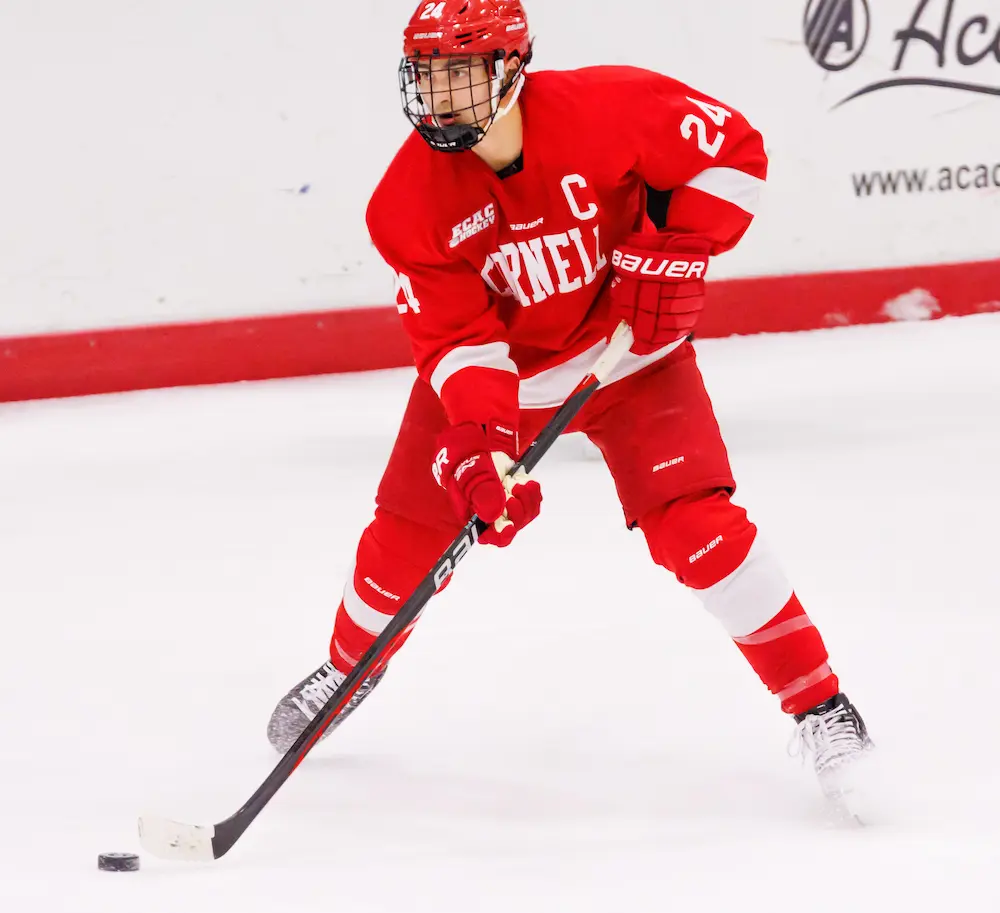
Malinski with Cornell in 2023.
Special Teams Overview
Power Play 1
Nathan MacKinnon, Martin Necas, Artturi Lehkonen, Brock Nelson, and Cale Makar make up one of the league’s most potent power-play units. MacKinnon and Necas handle puck distribution, Lehkonen screens the goalie, and Nelson operates in the slot. Makar’s quarterbacking from the blue line remains unmatched.
Power Play 2
Valeri Nichushkin, Gabriel Landeskog, Victor Olofsson, Brent Burns, and Devon Toews form the second unit. Landeskog’s net-front presence and Olofsson’s one-timer provide legitimate scoring threats. Burns adds shooting depth from the point, ensuring both units remain dangerous.
Penalty Kill
Parker Kelly, Valeri Nichushkin, Jack Drury, and Artturi Lehkonen anchor the forward PK pairs, with Cale Makar, Devon Toews, and Josh Manson leading the defense. This setup combines defensive intelligence with offensive counterpunch ability — Nichushkin and Lehkonen often create shorthanded chances.
Goaltending
The Avalanche’s crease features Scott Wedgewood and Mackenzie Blackwood. Wedgewood has taken on primary duties with consistent performances, while Blackwood remains day-to-day. Though not elite by name, this tandem has delivered stability. Still, bettors should note: goaltending inconsistencies can create volatility in totals betting, especially on back-to-backs.
Betting and Fantasy Insights
- Team Totals: Colorado’s deep offense makes them reliable for over 3.5 team goals in favorable matchups, especially at home.
- MacKinnon: A must-play in shots on goal and points props, averaging over 5 SOG per night.
- Necas: Emerging as a high-value play for assists or power-play points.
- Nelson: Reliable anytime goal scorer pick due to his slot presence.
- Makar: Consistent for over 0.5 assists and power-play points.
- Home Ice Advantage: The altitude and depth favor Colorado in third periods — ideal for live bets or third-period win wagers.
- Goalie Considerations: Start confirmation is key; when backups play, overs become more viable.
Check Colorado Avalanche betting odds here.
Outlook
The 2025–26 Colorado Avalanche roster is as deep and balanced as it’s been since their Stanley Cup victory. The combination of elite talent, veteran leadership, and emerging youth has them poised for another run. Their improved special teams and forward depth enhance both their playoff outlook and betting appeal.
From an analytical standpoint, the Avalanche’s ability to adjust their line combinations, manage injury absences, and maintain pressure across all four lines makes them one of the most complete teams in hockey. Whether you’re betting, playing fantasy, or simply following the Avalanche, this lineup promises excitement — and plenty of goals — every night.


